How to Make Dying Succulents Thrive Again — 7 Expert Ways to Rescue Your Plants
Whether they're overwatered, under-watered or otherwise unwell, succulents can recover with these simple steps
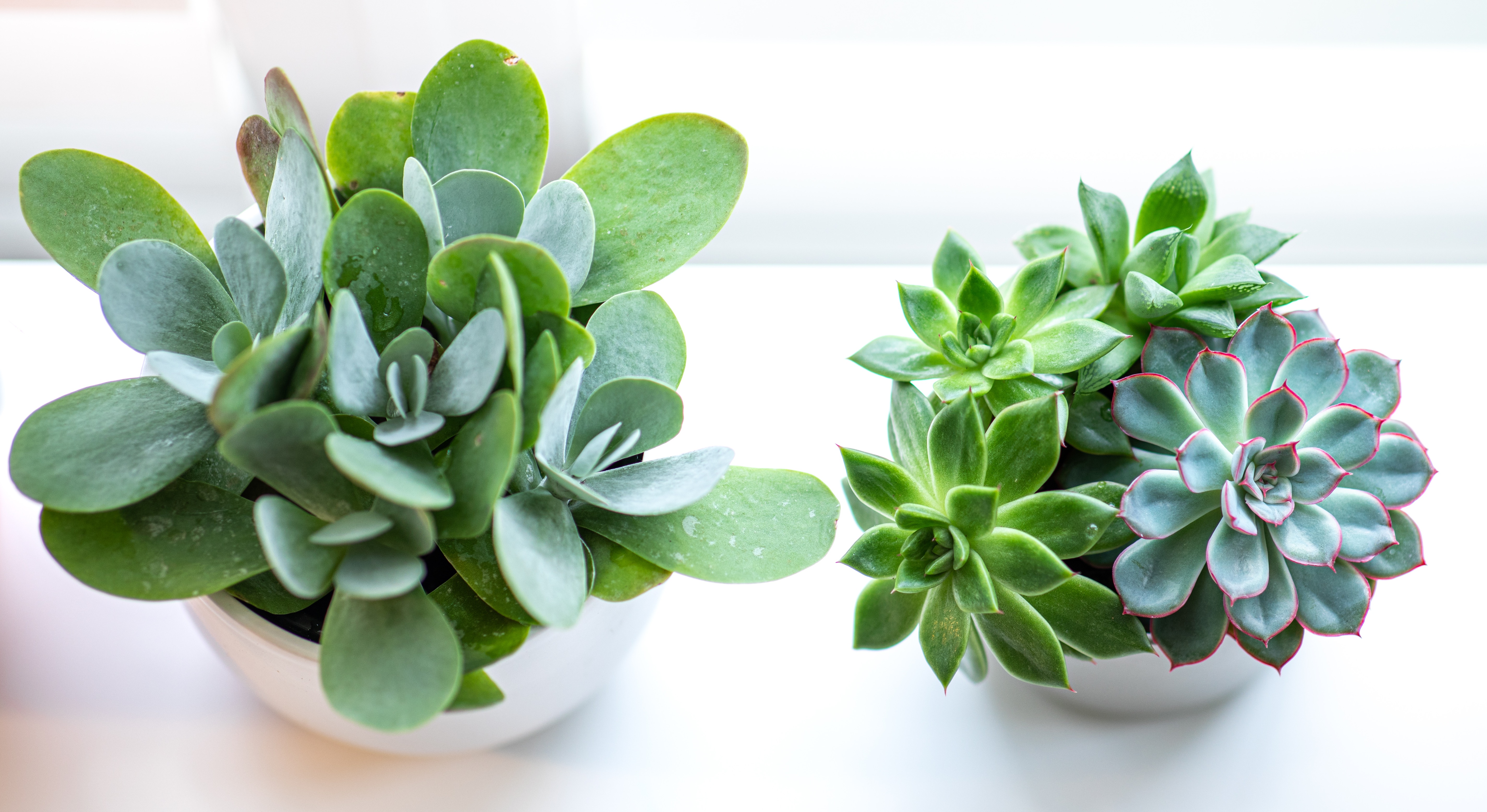
With their unusual shapes and soft hues, succulents are a favorite among plant lovers. Although easy to care for, they do occasionally get sick, and knowing how to revive succulents will obviously depend on what caused the problem with the plant.
More often than not, it's overwatering, rather than underwatering, that leads to issues with succulents. Often included in the regular houseplant watering regime of a keen plant parent, these desert dwellers tend to fare better with a little neglect. That's because how to care for succulents differs from other plants. Evolved in arid desert conditions, succulents store water in their chunky leaves so they can last a few weeks without water. Although, not for too long.
Whether it's an echevera, kalanchoe, crassula, aloe, or other type of succulent, spotting the signs of an unhappy houseplant is key to its survival. Here's what to look out for and how to remedy it, according to plant experts.
How to revive a dying succulent
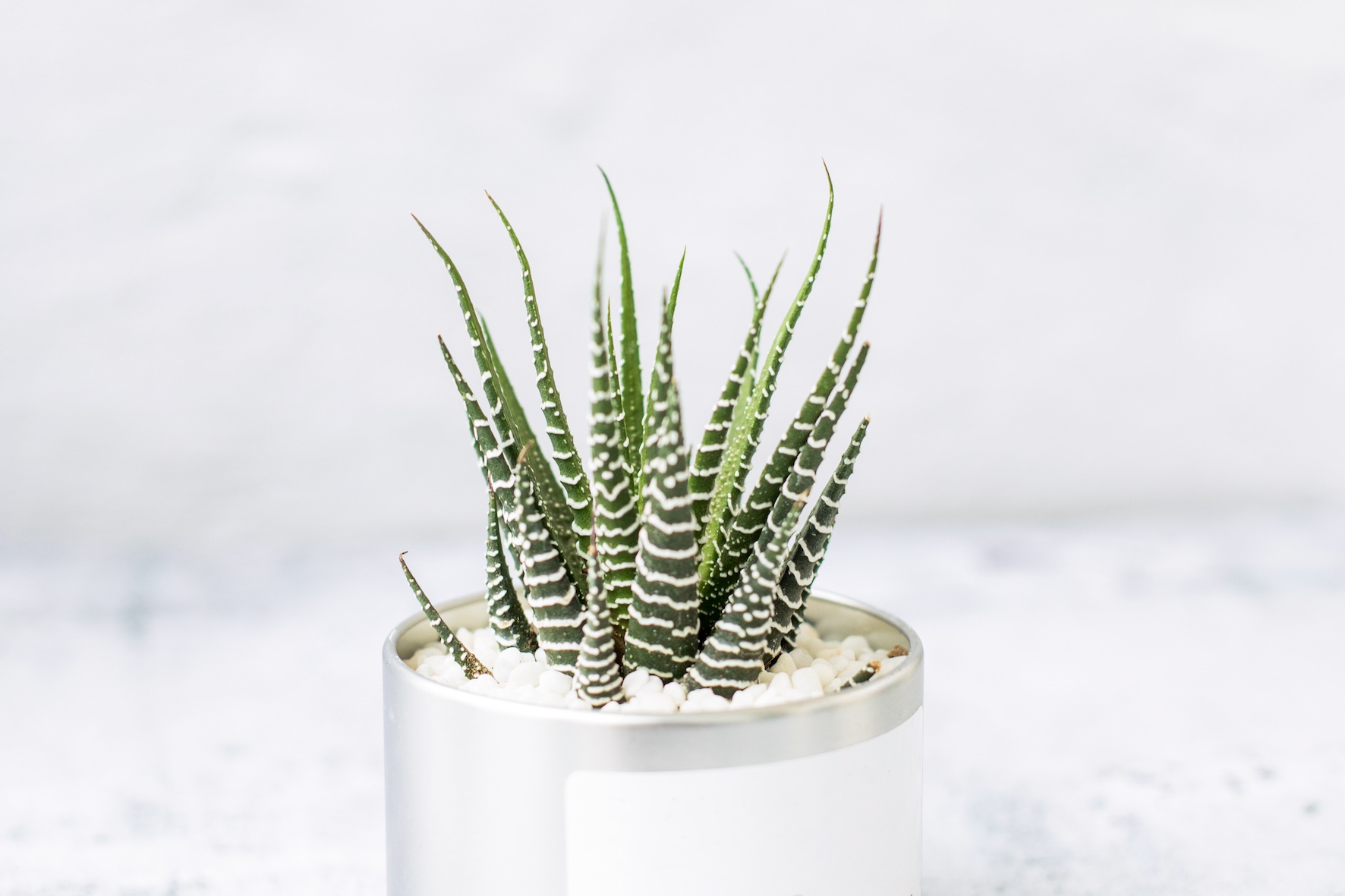
There are a few succulent mistakes to avoid in order to help your plants to thrive again.
"Ranging in size from the tiny sedums to the giant aloes, succulents are excellent plants for the beginner," says William Davidson, author, Dr. Houseplant. "They will adapt to a wide range of conditions and even seem to thrive on periods of neglect — the main problems with succulents are nearly always due to overwatering."
Without further ado, here's how to revive a dying succulent.
1. Check the roots
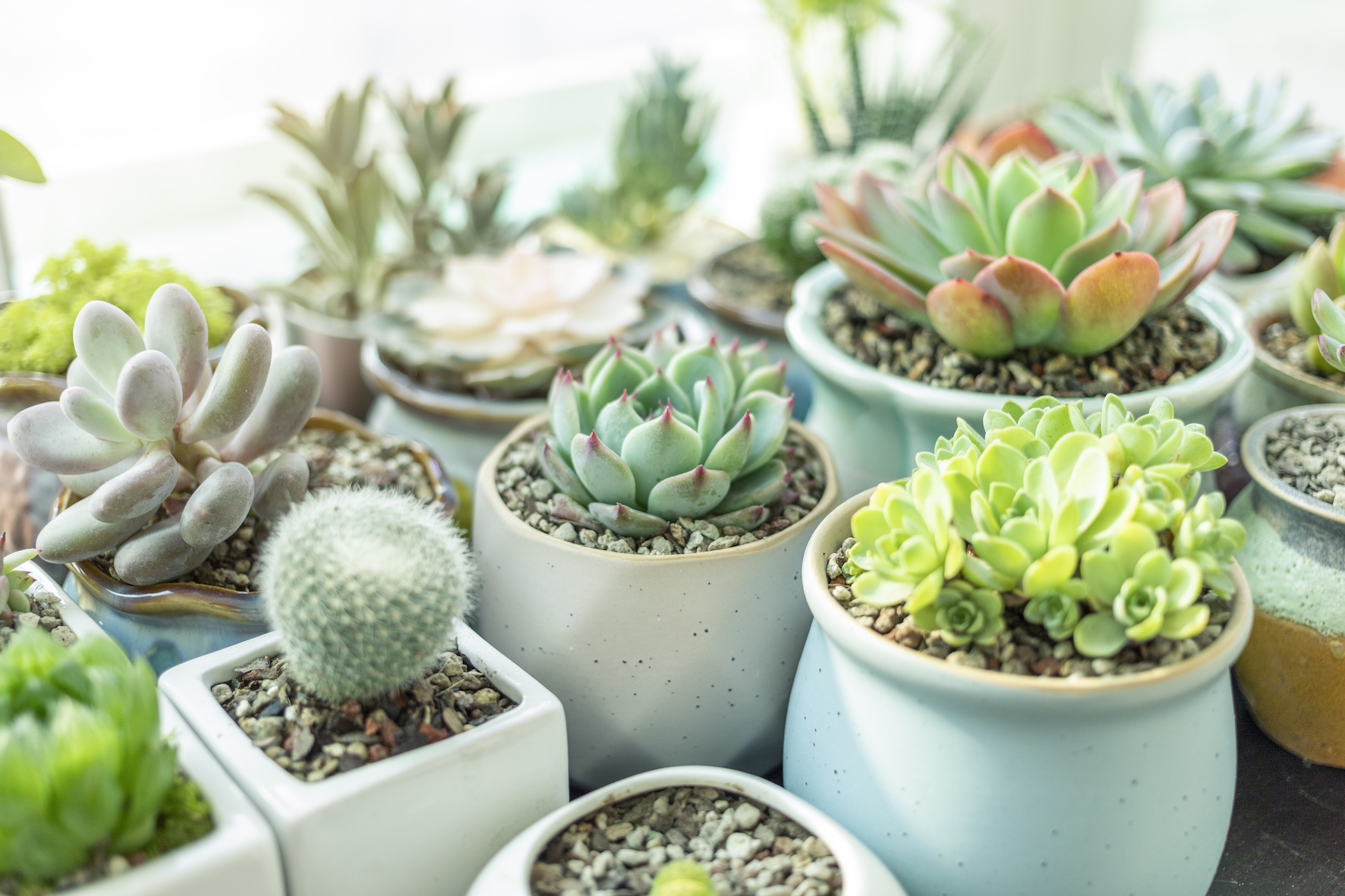
If your small indoor pant is looking sickly and the soil is damp, it may have been overwatered. It is possible to fix overwatered plants, however, it depends on how long it has been going on, as excess water can cause the roots to rot.
The Livingetc newsletters are your inside source for what’s shaping interiors now - and what’s next. Discover trend forecasts, smart style ideas, and curated shopping inspiration that brings design to life. Subscribe today and stay ahead of the curve.
"Start by slipping an overwatered succulent out of the pot to take a look at the roots and see how bad the damage is," says Justin Hancock, horticulturalist at Costa Farms.
"If the majority of the roots look white and healthy, then the revival process may be as simple as making sure the plant has a bright spot. Then wait until the soil is dry before giving the succulent more moisture, keeping an eye that it doesn't get too dry."
2. Deal with damaged roots
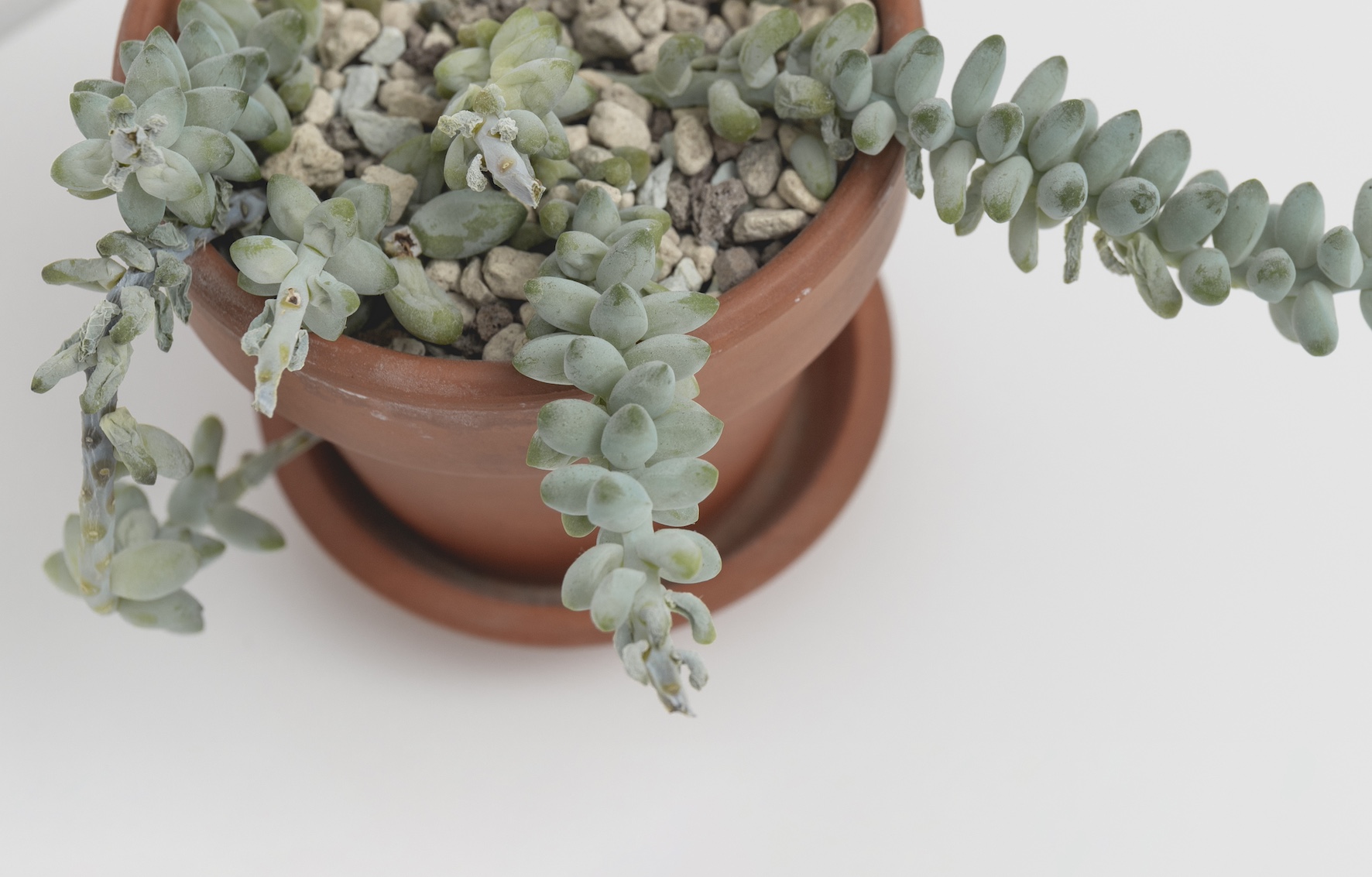
A succulent that's been sitting in damp soil for too long may have damaged or rotten roots. However, it may still be possible to revive this low-maintenance plant for indoor gardening — if you've spotted the issue in time.
"If you see some dead, brown, or mushy roots, your plant can be treated with a fungicide labeled for use on succulents to help prevent the spread," says Justin. "I don’t usually recommend cutting off dead roots unless you’re experienced with succulents, as it’s easy to inadvertently cause the plant more stress and make it more difficult for the plant to revive."
Justin continues: "Making sure your succulent has a spot with lots of bright light is key to helping it recover. The more light it gets, the more energy it will have to revive. It’s also super important to make sure you don’t let your succulent get too dry after being too wet. Roots harmed by overwatering are more susceptible to additional damage from underwatering immediately after."
3. Check the leaves
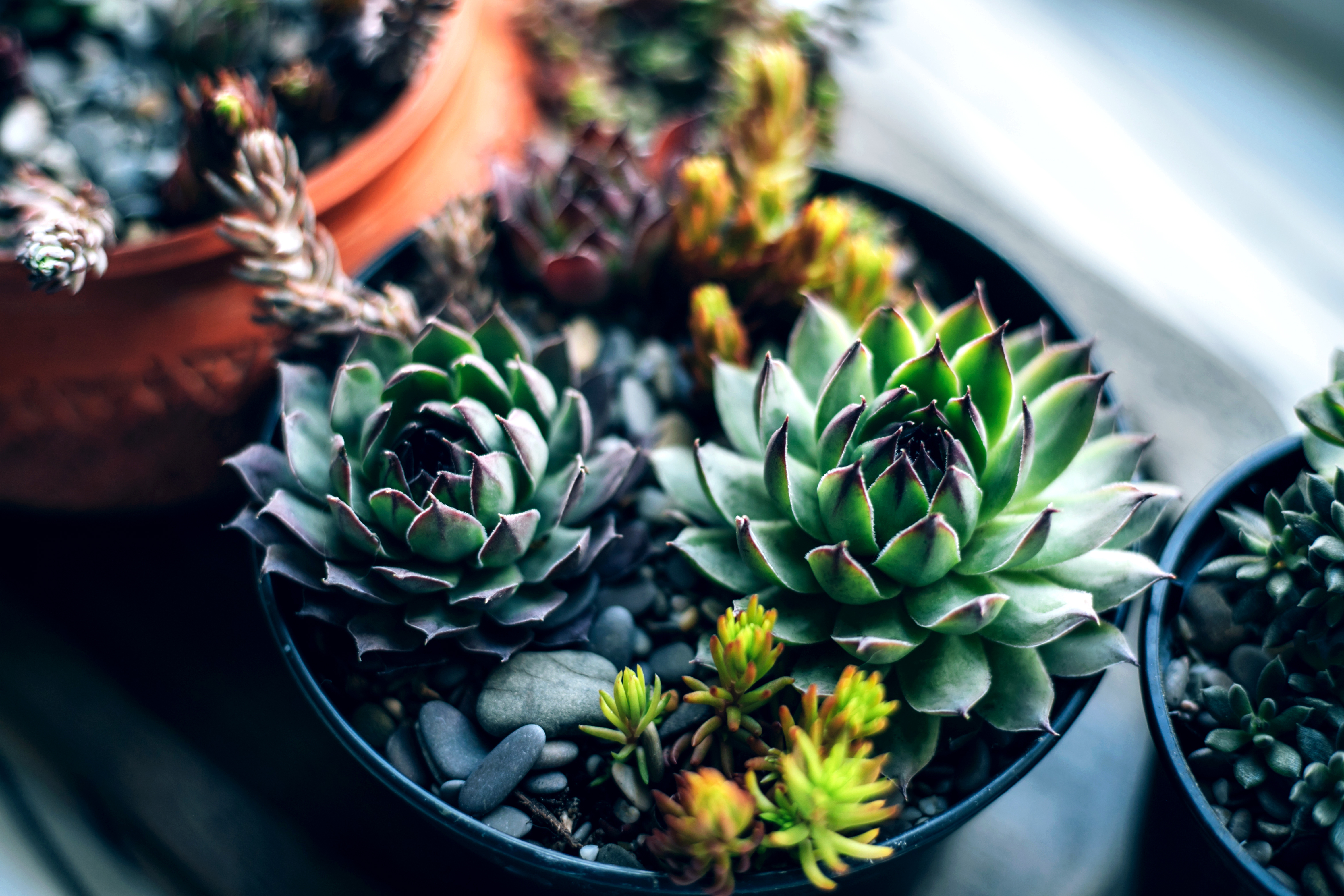
Whilst less common than overwatering, it is possible a sickly succulent may have been underwatered. This is why understanding techniques for watering houseplants is key to a healthy plant. If the potting mix is dry and crumbly, and has been for some time, check the leaves of your plant.
"If your succulent hasn’t had enough water and needs to be revived, you might notice the leaves or stems may start to look shriveled and the leaves have a dull appearance," says Justin.
If the soil is completely dried out, Justin advises to slowly add water to help it absorb. He adds: "Many cacti and succulent soils are considered hydrophobic, meaning when they dry out, they more easily repel water than absorb it. So gradually adding moisture to allow it to absorb, rather than run off, is helpful."
4. Give succulents plenty of light
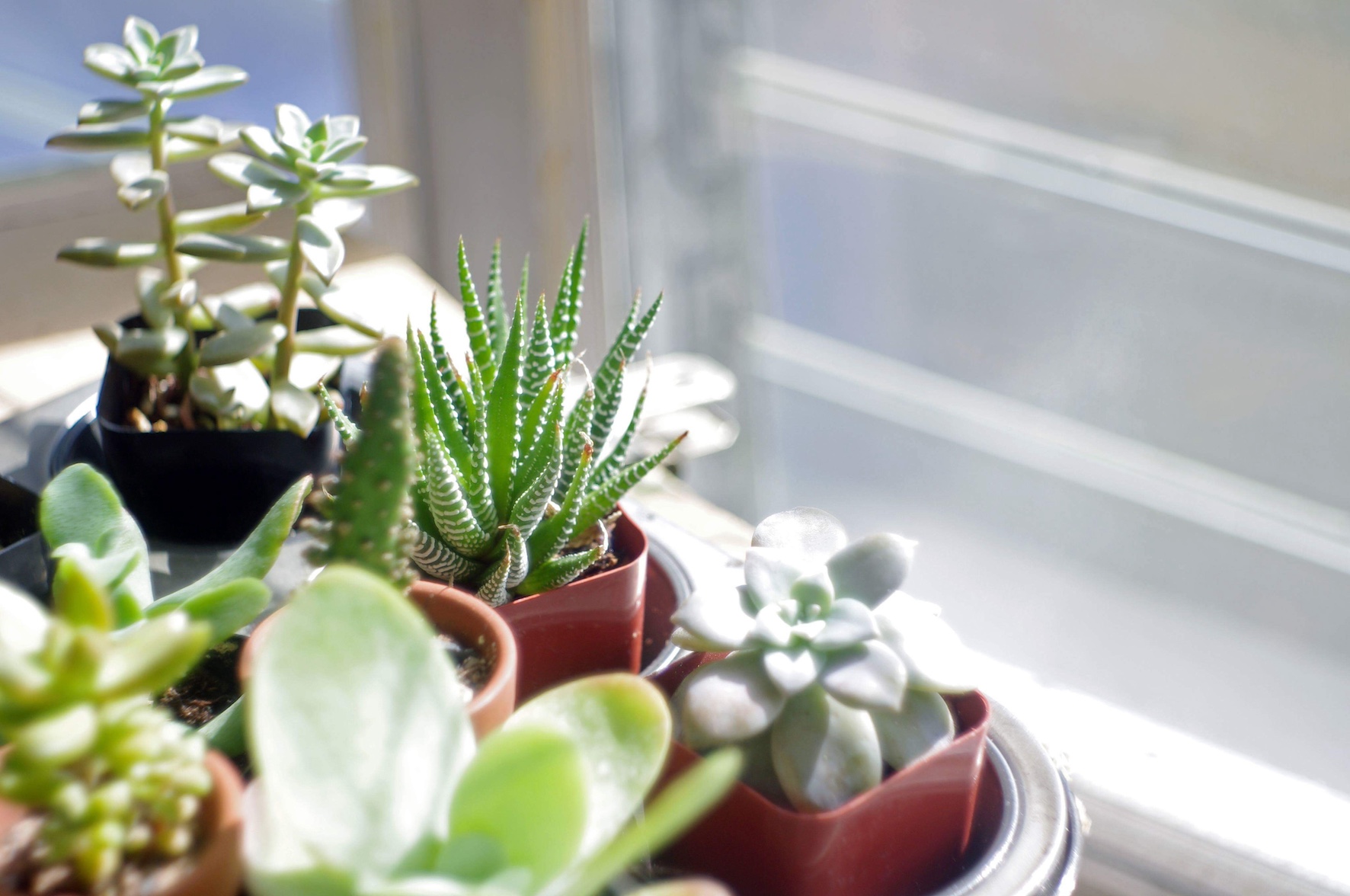
Unlike plants that originate in humid forests and jungles — under the canopy of trees and larger plants — many succulents evolved in the full sun of the desert, so most generally like plenty of light. If your plant looks like it's struggling, ensure it has a bright spot.
"A sunny windowsill is ideal for most succulents, with the exceptions of haworthias and gasterias, which like quite a shady position," says William Davidson. "Unlike most other houseplants, succulents thrive if the temperature varies between day and night. They do well at a modest average temperature of between 55–65°F (13–18°C)."
"Echeverias like to be kept warm and given plenty of light," says Lisa Eldred Steinkopf, author, Houseplants for Beginners. "If exposed to freezing temperatures, they may die. "Choose the brightest spot in the house, such as a south-facing windowsill. If in too low a light, these succulents will stretch for the light. They may still stretch even in an unobstructed south window, so in winter will benefit from being grown under electric lights."
If your succulent hasn’t had enough light, Justin says "you may be able to cut it back (depending on variety) to prevent it from looking so leggy. Propagating a few leaves/stem cuttings to start new plants in a brighter spot is another way to go if the original plant is beyond redemption." Learning how to propagate succulents is not as hard as it might seem, so be sure to give it a go.
5. Avoid moving succulents around
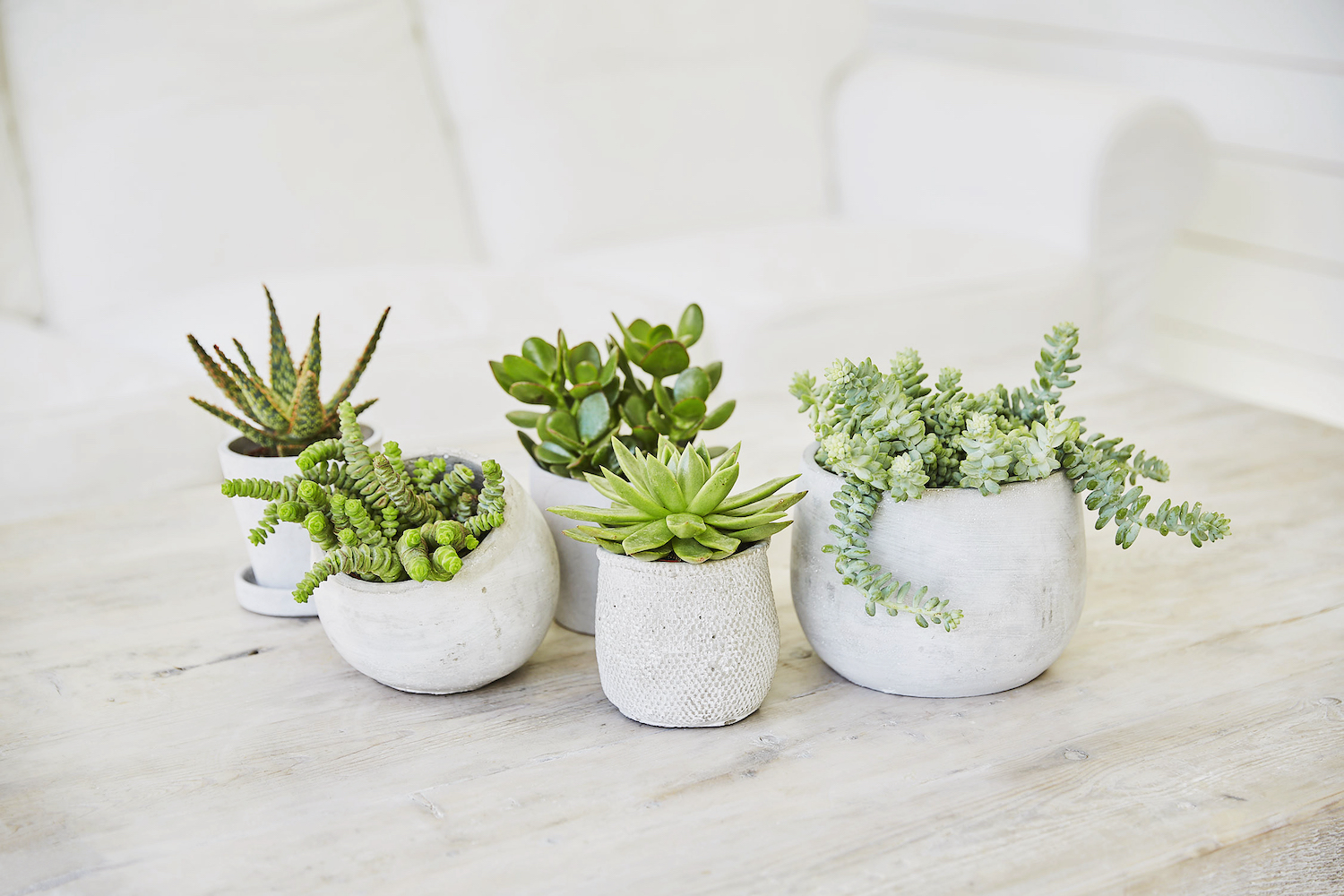
Although it may be necessary to move a succulent to a brighter spot to recover from overwatering, or a lack of light, resist moving it from place to place. Leave it in its new location and see how it fares.
When helping a plant recover, Justin says he avoids moving it around too much. "In nature, plants don’t change environments — so it can be stressful for them," he explains. "I often see folks move a plant to a better or different location and, after not seeing improvement after a couple of weeks, move it again and then again."
The expert continues: "The challenge with this, is that it may not give the plant enough time to adjust. Moving it frequently looking for a change, might actually be putting more stress on it and slowing its recovery. When I have a struggling plant, I pick the best spot I have for it and leave it there to recover."
6. Don't fertilize a sickly succulent

When dealing with a struggling succulent, it can be tempting to give it some 'plant medicine' in the form of fertilizer. However, this is not a good idea, particularly if it has damaged roots from being in soil that's been too wet or too dry for a while. It's best to note when to fertilize houseplants and if it's really necessary for the type of plant in your home.
"I advise caution with reaching for fertilizer," says Justin. "If your plant has damaged roots (especially from being too dry), fertilizing can actually do more harm than good because the nutrient salts in the fertilizer can further burn the thirsty roots."
7. Ensure succulents are in well-draining soil

Knowing how to care for aloe plants as well as your other hardy succulents is the key to the success of a thriving indoor garden. "Make sure your aloe is in a fast-draining porous medium and never leave it standing in water," says Lisa. "Kalanchoes, gasterias, echeverias also like to grow in a fast-draining medium, as these succulents do not want to be waterlogged. After watering, let them almost completely dry out before watering again."
If you notice water pooling on the top of your succulent's soil, this shows it's not draining well. So it's worth adding some fresh succulent/cactus potting mix to the soil to help it drain. This Miracle-Gro Cactus, Palm, and Citrus Potting Mix from Walmart should do the job.
FAQs

What does an overwatered succulent look like?
"Overwatering can show up a little differently across the various succulent species, but in general, soft, squishy leaves that easily fall off the plant are one sign," says Justin Hancock. "These leaves may be brown and rotted at the base (where they meet the main plant), but not always. Leaves may also show some dis-coloration — particularly yellowing or browning. Some varieties like the silvery/gray/bluish Echeveria can almost start to look translucent.
A smart tip to avoid overwatering houseplants would be to always check on the plant's soil. Justin tells us: "In addition to checking the plant, it’s also helpful to look at the potting soil. Lots of potting mixes tend to change color as they dry out — coir, in particular, often gets darker in color the more moisture it holds. So looking at the potting mix can give you a sense of how wet it is.
He adds: "The weight of the plant is also a great way to determine moisture level. Potting mix absorbs water — so, the more moisture there is, the heavier your pot will be. With practice, it's easy to get a feel for how light your plant will be when it's dry and needs water. If it stays heavy for a while, or the potting mix looks dark for an extended period, then chances of overwatering increase."
Can you revive an underwatered succulent?
Like any plant, it depends on how long the succulent has been without water. As discussed, succulents are adapted to dry conditions. However, they will die without any water for too long.
"It depends on how badly the succulent has dried out — I’ve seen plants where all hope was gone, and others where the mother plant couldn’t be revived, but there were some leaves that could be propagated to regrow the plant anew," says Justin.
"The biggest thing to remember is that the potting mix needs time to reabsorb moisture. It’s not helpful to the plant if just the top or just the sides of the rootball get some moisture but the middle of the rootball is still bone dry." the expert continues: "You could even soak the potting mix in water for a few minutes to aid in rehydration."
Jacky Parker is a freelance lifestyle journalist and writer, producing a wide range of features for magazines and digital platforms. She has written for Livingetc and its sister titles, Homes & Gardens and Country Homes & Interiors for more than 15 years, both as a freelance contributor and as Acting Digital Editor and Acting Style Content Editor, regularly reporting on the latest interiors, gardens and wellness inspiration, speaking to experts in their respective fields, and discovering the best tips.
Jacky has also written for other publications, including Sunday Times Style, The Telegraph, Architectural Digest, House Beautiful, ELLE Decoration, Red, Grand Designs and more.